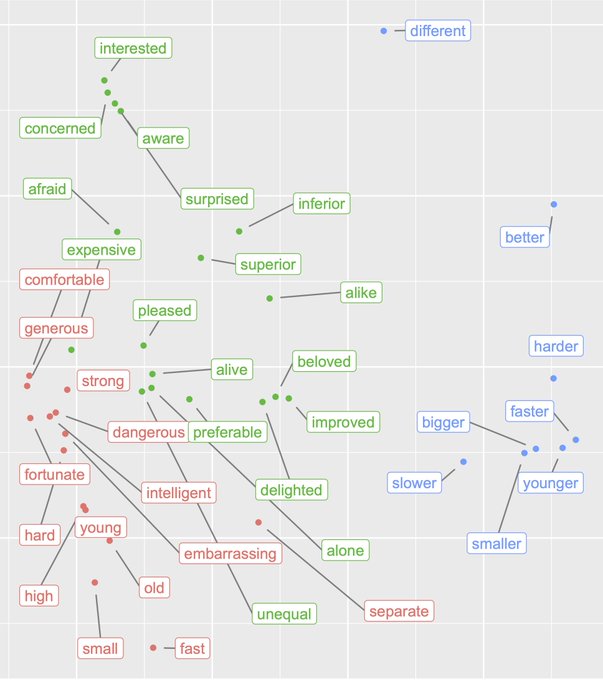Words function differently in different contexts. Take "more" and "less" for example. In phrases like "more interesting" or "less quickly", they modify adjectives and adverbs. But in phrases like "more water" or "less sugar", they determine nouns. As a result, most dictionaries and grammar books say that "more" and "less" are adverbs (Adv) in the first case and determinatives (D; words like "the", "a", "some", etc.) in the second case. They make the same distinction for "much" and "little" The most thorough and consistent grammar of English, the Cambridge Grammar of the English language (CGEL), says we don't need to be so quick to do that. Many Ds actually have exactly the same function (this/that big, any good, no better, etc.). Instead of one copy of each of these words in the Adv group and one in the D group, we can just say that Ds don't just determine nouns (this/that box, any water, no bananas, etc.), they also modify Advs. That's just like saying that Advs don’t just modify verbs but also Adjs & Advs, etc. or that NPs can function as subject or object. But CGEL grants an exemption to "more" and "less". These really are Advs, it says, because they do the same job as -er: it's bigger/more massive. Also, "much" and "little" can't work here, so, for linguisticky reasons, they shouldn't both be in the same category; not both D. The thing is, it turns out "much/little" and "more/less" CAN do the same job. You can't get "much massive" but you can get "much different" along with "more different". Same with "improved", "alike", "unequal" and several other Adjs. But perhaps these differences/overlaps are because different adjectives prefer different kinds of modifiers, depending on the kinds of semantic scales they represent, scales like size, similarity, improvement, etc., not because of categorial differences between "much" and "more" (D vs Adv). So, if we look at different Adjs and the wide variety of modifiers that appear with them in a large corpus (https://english-corpora.org/coca/), we can do a statistical analysis, which almost perfectly splits out the more-Adjs, the much-Adjs, and the ambivalent Adjs. You can see the different groups of Adjs here. The reds prefer "much", the blues "more". The greens (+ "different") don’t care. The graph is a k-means grouping using Mutual Information between these Adjs and a much of Ds. And so, I argue CGEL was mostly right: Ds shouldn't be doubled up with one copy in the Adv group and one in the D group. But CGEL didn't go far enough: "more" and "less" are, just like the other Ds, never adverbs. Over and above putting “more” and “less” in the right category, the paper shows how we can use information about the semantics to make categorial decisions
Publication Type
- Article



